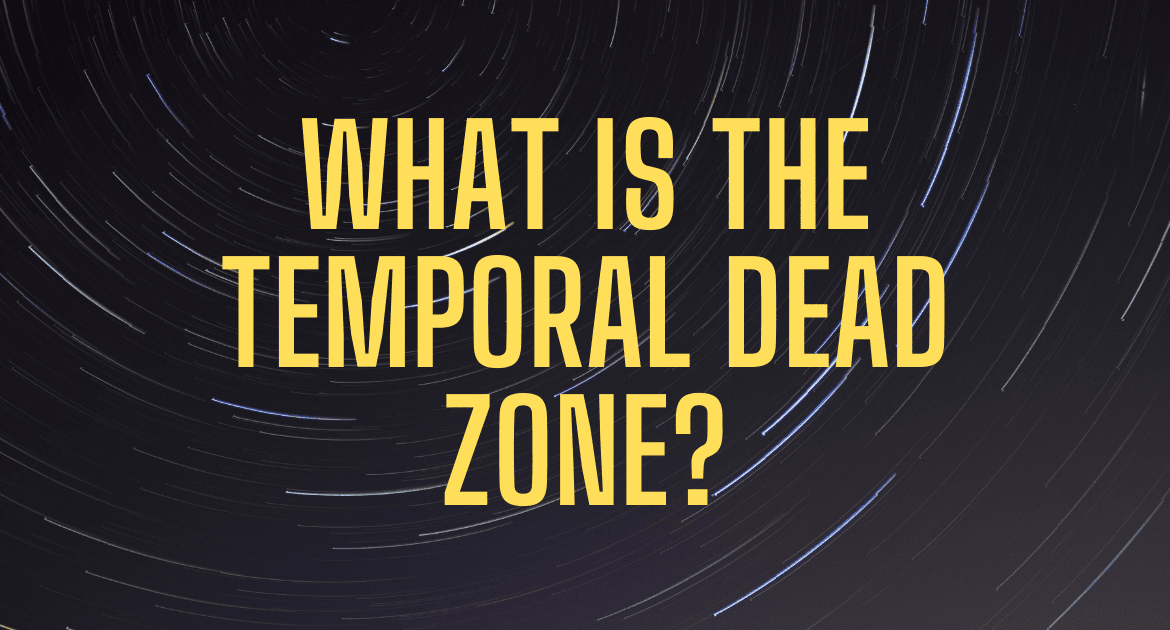In JavaScript, the Temporal Dead Zone (TDZ) is a behavior that occurs when trying to access a variable that has been declared but not yet initialized. This behavior can cause unexpected errors in your code if you’re not aware of it, so it’s important to understand how it works.
In this blog post, we’ll explore what the Temporal Dead Zone is, why it happens, and how to avoid common pitfalls related to it.
What is the Temporal Dead Zone?
The Temporal Dead Zone is a behavior that occurs when trying to access a variable before it has been initialized. When a variable is declared using the let or const keyword, it is hoisted to the top of its scope, but it is not initialized until the line where it was declared is executed. This means that any code that tries to access the variable before that line is executed will result in an error.
For example, let’s declare a variable called logicSparkMessage using the let keyword:
console.log(logicSparkMessage); // ReferenceError: Cannot access 'logicSparkMessage' before initialization
let logicSparkMessage = "Welcome to LogicSpark!";
In this example, we’re trying to log the value of logicSparkMessage before it has been initialized, which results in a ReferenceError. This error occurs because we’re trying to access the variable within its Temporal Dead Zone, which is the time between the variable’s declaration and initialization.
Why does the Temporal Dead Zone happen?
The Temporal Dead Zone happens because of the way variables are hoisted in JavaScript. When a variable is declared using let or const, it is hoisted to the top of its scope, but it is not initialized until the line where it was declared is executed. This means that any code that tries to access the variable before that line is executed will result in an error.
How to avoid common pitfalls related to the Temporal Dead Zone
To avoid common pitfalls related to the Temporal Dead Zone, it’s important to always declare your variables before using them, and to use the var keyword instead of let or const if you need to access the variable before it has been initialized.
For example, let’s declare a variable called logicSparkGreeting using the var keyword:
console.log(logicSparkGreeting); // undefined
var logicSparkGreeting = "Hello, from LogicSpark!";
console.log(logicSparkGreeting); // "Hello, from LogicSpark!"
In this example, we’re declaring a variable called logicSparkGreeting using the var keyword, which is hoisted to the top of its scope and initialized to undefined. When we try to log the value of logicSparkGreeting, it returns undefined. However, after we initialize the variable with a value, we can log its value without any errors.
Conclusion
The Temporal Dead Zone is a behavior that occurs when trying to access a variable before it has been initialized. It happens because of the way variables are hoisted in JavaScript, and can cause unexpected errors if you’re not aware of it. To avoid common pitfalls related to the Temporal Dead Zone, it’s important to always declare your variables before using them, and to use the var keyword instead of let or const if you need to access the variable before it has been initialized. By understanding this behavior and taking the necessary precautions, you can write cleaner and more reliable code in your LogicSpark projects.


